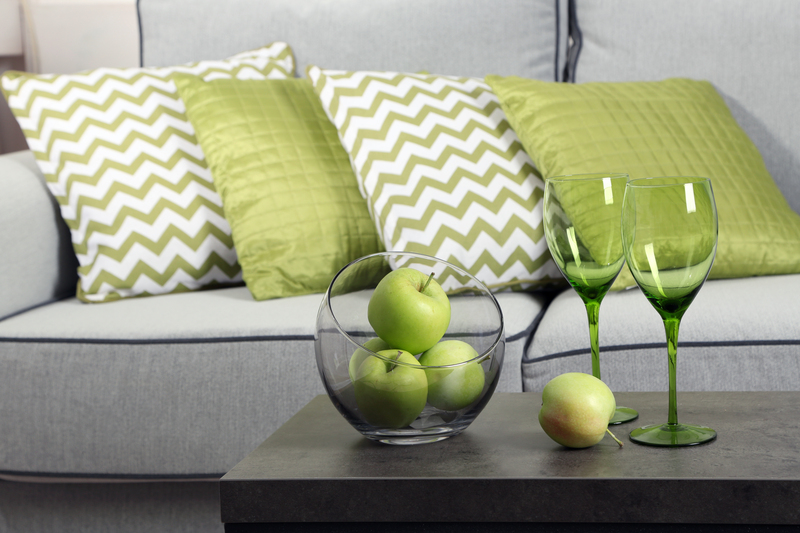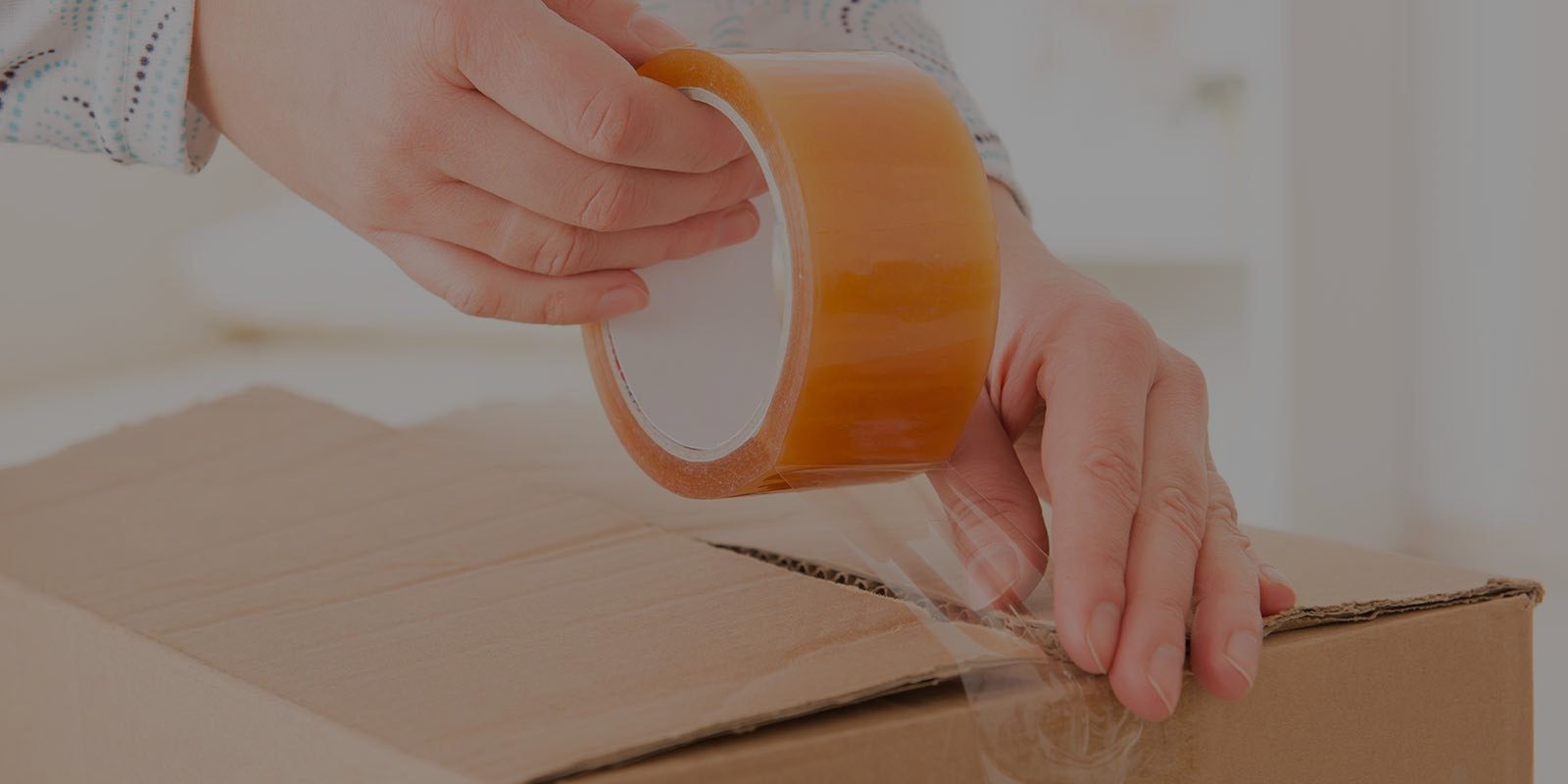The Serious Challenges of Moving a Piano Solo
Posted on 25/05/2025
The Serious Challenges of Moving a Piano Solo
Moving a piano alone is a task that many underestimate--until they find themselves standing in front of a massive, unwieldy instrument, unsure where to even begin. This article delves deep into the serious challenges you'll face when attempting a solo piano move, why the risks may outweigh the benefits, and tips to minimize dangers if you choose to take on this daunting task.
Understanding the Complexities: Why Is Moving a Piano Alone So Difficult?
Pianos are more than just heavy furniture--they're intricate, finely tuned musical instruments that combine tremendous weight, awkward shapes, and fragile internal mechanics. Solo piano moving poses a set of complex problems that demand critical consideration:
- Enormous weight and size: Even small upright pianos can weigh over 300 pounds, while baby grands and grands may easily exceed 1,000 pounds.
- Unbalanced weight distribution: Most of a piano's weight is situated in its cast iron frame, which isn't always centered, making lifts awkward and unstable.
- Delicate internal components: The internal mechanism, including thousands of moving parts, is sensitive to jostling and vibration.
- Risk to personal safety: Without proper technique and equipment, there's a significant risk of physical injury--from muscle strains to crushed digits, or worse.
- Potential damage to property: Pianos can leave deep scratches in flooring, gouge walls, destroy thresholds, and topple if not secured properly.
Attempting to move a piano single-handedly can turn a valuable possession into a costly disaster. Let's explore the intricacies in greater depth.
The Weight Issue: A Massive Challenge for Solo Movers
How heavy is a piano? It's a question many overlook. Here are some typical weights:
- Spinet and console uprights: 300-450 lbs (136-204 kg)
- Studio and upright pianos: 400-800 lbs (181-362 kg)
- Baby grand pianos: 500-650 lbs (227-295 kg)
- Grand pianos: 700-1,400 lbs (317-635 kg)
The daunting prospect of solo piano lifting intensifies as you consider the object's awkward shape and lack of handles. Unlike appliances or pieces of furniture designed for easy transport, the piano's bulk spreads over a wide surface, making it almost impossible for a single person to maintain both balance and control.
Physical and Health Hazards of Moving a Piano Alone
Physical injury is one of the most serious challenges of moving a piano solo. Attempting to heave an instrument of such weight can result in:
- Muscle strains and sprains
- Slipped or herniated discs
- Cuts, bruises, or crushed fingers
- Risk of the piano falling, causing significant bodily injury or worse
Professional piano movers use specialized knowledge and teamwork for a reason! Solo movers, no matter how strong, lack the redundancy and margin for error that a coordinated team can provide. Disaster can strike in a split second--one misstep and both mover and instrument are at risk.
Challenges in Navigating Tight Spaces and Stairs
Homes and apartments are rarely designed with piano moving in mind. Moving a piano solo through narrow doorways, hallways, or up and down stairs amplifies the risk of:
- Marring walls and woodwork
- Snagging on architectural features
- Losing control on stairs, leading to falls or rolling accidents
- Becoming trapped or unable to correct a dangerous tilt mid-move
While professional piano movers utilize special boards, ramps, and even cranes for complex moves, the solo mover is left to improvise--often at great peril to both property and person.

The Financial and Emotional Cost of Damage
Even a minor slip can inflict irreversible damage on a piano. Internal components may become misaligned, strings could break, and tuning can be irreparably affected. Beyond the immediate value of the instrument, consider:
- Repair and restoration costs: Professional repair can quickly run into the hundreds or thousands of dollars.
- Decreased resale value: Cosmetic damage or compromised sound quality slashes the piano's marketability.
- Sentimental loss: Many pianos are family heirlooms or carry deep personal significance--damage can be emotionally devastating.
Insurance doesn't always cover damages incurred by DIY moves. Incorrect moving can void policies or warranties. It's worth asking: Is the risk really worth it?
Essential Equipment Needed for Safe Piano Moving
Should you choose to proceed with a solo piano move, you'll need more than muscle. The right gear is essential. Key equipment includes:
- Piano dolly or skid board: Essential for transferring the piano horizontally, especially across long distances indoors.
- Padded moving blankets: Used to protect the piano's finish and prevent scratches to both instrument and home.
- Heavy-duty straps and harnesses: Necessary for stabilizing and controlling the piano during movement.
- Work gloves: For grip and protection
- Ramp or plywood sheets: To negotiate steps or thresholds
- Measuring tape: For checking clearances through doors and hallways
Even with top-of-the-line equipment, a piano's weight and delicacy make solo moves inherently risky.
Tips for Minimizing Risk When Moving a Piano Solo
While the safest piano relocation comes from hiring professionals, you may be determined to try moving your piano yourself. To limit potential hazards:
- Clear and measure your path. Ensure you have ample space for every stage of the move.
- Disassemble when possible. Remove legs or music stands from grand pianos to lower the risk of breakage and to facilitate movement through tight spots.
- Use floor protection. Place sheets of plywood or furniture sliders under the piano to prevent flooring damage.
- Move slowly and methodically. Avoid sudden movements, dragging, or tilting the instrument unduly.
- Don't attempt stairs alone. If stairs are involved, seriously reconsider solo moving--it's among the most dangerous scenarios for improvised piano transport.
- Ask for help for critical points. Even enlisting one strong neighbor or friend can make a significant difference in safety.
- Reward yourself sensibly. Take rest breaks, hydrate, and remain patient--rushing leads to accidents.

The Importance of Professional Piano Movers
Hiring professional piano movers may seem like an expense, but it can actually save you money, injury, and heartbreak in the long run. Why are piano moving specialists essential?
- Specialized equipment: Movers have heavy-duty boards, ramps, cranes, and climate-controlled vehicles to safely transport and protect your piano.
- Expertise in disassembly and reassembly: They know how to safely remove legs, pedals, and other delicate parts for easy transport.
- Insurance and liability: Their services are insured, protecting you financially should something go wrong.
- Reduced risk of injury: Professional teams are trained in proper lifting, maneuvering, and securing techniques, decreasing accident risks.
In nearly all circumstances, the risks and challenges of moving a piano solo far outweigh the perceived savings. For valuable, antique, or sentimental instruments, professional help is almost always the best investment.
Alternatives to Moving a Piano Single-Handedly
- Enlist friends or family: A coordinated group is infinitely safer than going solo.
- Rent equipment: If professionals are out of budget, rent the proper dollies, boards, and straps rather than improvising.
- Consider digital options: For those moving frequently or with limited space, modern digital pianos offer great sound at a fraction of the weight--not a replacement for all, but a practical alternative for some.
Frequently Asked Questions about Moving a Piano Alone
-
Is it ever safe to move a piano solo?
Only in rare situations, such as small, lightweight upright pianos located on ground floors with clear paths. Even then, moving alone is never risk-free. -
How can I protect my piano during the move?
Use moving blankets and straps to secure covers, avoid bumping into hard surfaces, use dollies for transport, and avoid tilting the instrument excessively. -
What should I do if my piano gets damaged?
Contact a qualified piano technician or restorer immediately. Do not attempt to fix broken strings, pedals, or keys yourself. -
Are there pianos that are easier to move?
Digital keyboards and some slim models are designed for portability, but acoustic pianos--especially grands and full uprights--pose significant moving challenges even for teams. -
Should I tune my piano after the move?
Yes. Piano moves often disrupt tuning due to vibration and movement. Budget for professional tuning soon after relocation.
Conclusion: Moving a Piano Alone--A Serious Undertaking
Attempting to relocate a piano by yourself is one of the most challenging DIY moving tasks imaginable. With risks including serious injury, significant property damage, and the potential wrecking of a prized instrument, most experts strongly advise against solo attempts.
Whether you're moving a small upright or a grand, it pays to remember:
- Most pianos are irreplaceable, and their repair can be incredibly costly.
- Physical injury is a real and present danger--take every possible precaution.
- Even the smallest mistake can have outsized consequences.
- When in doubt, leave piano moving to the professionals!
If you still intend to go it alone, equip yourself with knowledge, the right tools, and as much help as possible. Remember, nothing is more important than your safety and the piano's preservation.
Moving a piano solo is a task that requires patience, planning, and a clear-eyed assessment of the risks involved. Be sure to weigh your options, protect your investment, and remember: sometimes the bravest--and wisest--move is to ask for help.







